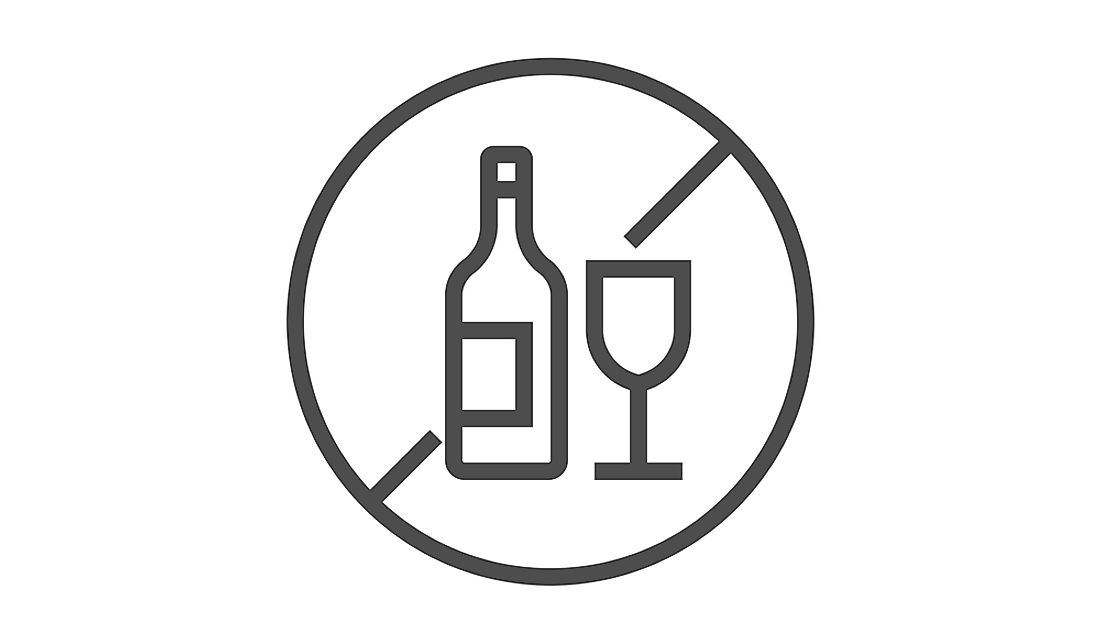Did Canada Have Alcohol Prohibition?

The term prohibition often refers specifically to the prohibition of alcohol, which means a ban on the production, distribution, sale, and consumption of alcoholic beverages. The prohibition of alcohol in Canada occurred in various phases and at different levels of government, including municipal bans in the late 19th century, provincial bans in the early 20th century, and a national ban from 1918 until 1920. Canada enforced a federal ban on alcohol as a temporary wartime measure during the First World War. Most provinces repealed the alcohol bans in the 1920s, except Prince Edward Island, which continued to enforce temperance laws until 1948. Prohibition on alcohol consumption was the result of efforts by social and temperance movements to close taverns and bars, which were considered the source of immorality and misery in society. Prohibition laws were replaced by legislative restrictions on the sale of alcoholic beverages to minors and the introduction of excise taxes.
19th Century Prohibition
Various laws prohibiting the sale of alcohol have been enacted in Canada, including the pre-Confederation Canadian Temperance Act of 1864, also referred to as the Dunkin Act, that allowed counties and municipalities to pass liquor laws by popular vote. Temperance forces pushed the government to conduct a national referendum in 1898 to determine the fate of alcohol in Canada. Although 51% voted in favor of prohibition, the vote was non-binding and did not result in new legislation due to low voter turnout and strong opposition from the province of Quebec.
Wartime Sacrifice
In 1901, alcohol prohibition was enacted at the provincial level in Prince Edward Island. During the First World War, Yukon, Newfoundland, and other provinces followed. The ban on alcohol was considered to be a social sacrifice and patriotic duty. Prohibition was more complicated in Canada than in the United States due to the distinct roles of provincial and federal administrations. While the federal government created laws regarding the production and trade of alcohol, the provinces controlled its sale and consumption. In March 1918, the federal government stopped the importation and manufacture of liquor in territories where alcohol was prohibited. Enforcement of temperance laws was difficult, but drunkenness, civil disorders, and associated crimes declined. However, home-brewed "moonshine" liquor proliferated and filled the streets. Between 1920 and 1933, the production, transportation, and sale of alcohol was forbidden in the United States but legal in Canada. This created situations in which smugglers shipped loads of alcohol to the US under the protection of Canadian laws.
Repeal of Alcohol Prohibition Laws
Alcohol prohibition in Canada did not last long enough to have a significant impact. Opponents of temperance rallied against laws sighting individual liberty and British traditions. Quebec repealed the laws as early as 1919, and the province became a popular destination for tourists from across Canada and the United States. Liquor manufacturers flocked to major towns in Quebec, creating employment and generating taxes for the province. British Columbia voted to legalize alcohol in 1920, followed by Yukon. Manitoba introduced controlled sales in 1923, followed by Alberta and Saskatchewan (1924), Newfoundland (1925), Ontario and New Brunswick (1927), and Nova Scotia (1930). Prince Edward Island maintained temperance laws until 1948.











